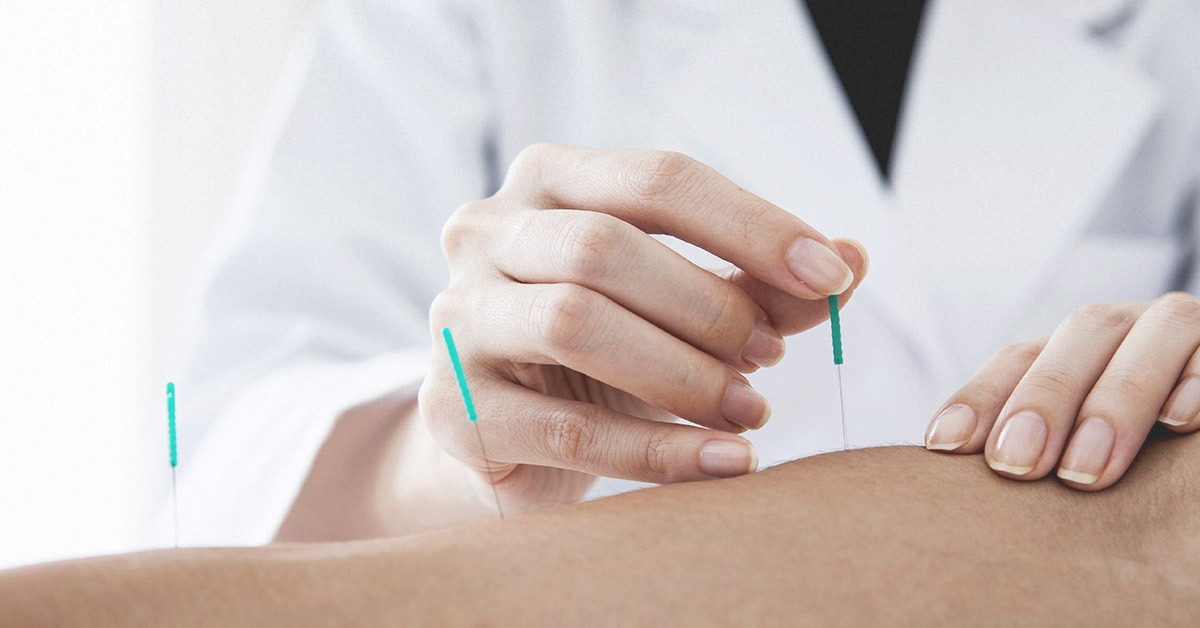Dry needling is an effective method for helping improve chronic pain and muscle discomfort. The treatment is continuing to grow in popularity throughout the United States, and Western medicine as a whole. While dry needling has drawn comparisons to acupuncture, it is entirely different than its ancient Chinese needling counterpart.
While both methods use the same tools — thin, stainless steel needles — dry needling is focused on targeting trigger points within muscles. These trigger points often consist of knotted or hard muscle(s) that have caused pain, stiffness, loss in the range of motion, or other discomforting symptoms.
Acupuncture, on the other hand, is built upon the belief that targeting specific acupoints on the body will help promote the health of correlating body parts/organs.
How Does Dry Needling Work?
Depending upon an individual’s pain, dry needling may use one of two treatment methods. First, the affected area must be isolated. From there, the therapist will work to locate the trigger points that may be responsible for causing the muscle pain/discomfort.
In-and-Out Technique: This method involves inserting the needle into the muscle’s trigger point and performing a “pistoning” or in-and-out motion. The goal here is to elicit a twitch response from the muscle, which helps release the knot, pain, or spasms.
Non-Trigger Point Technique: This method focuses on the resulting pain being on a larger muscle scale, within a tendon/ligament or relating to the central nervous system. Multiple needles are inserted around the pain point (i.e. joint, nerve pathway, tendon/ligaments), versus directly into the trigger point to reduce inflammation and increase circulation to the injured area to promote a healing response.
Little pain is associated with dry needling, as many patients do not notice the insertion of the needle. Depending on the treatment method used, needles remain in the targeted area for a few seconds up to 15 minutes. The term “dry needling” gets its name from the fact that the needles are not injecting anything into the body.
What Can Dry Needling Help With?
Dry needling has shown to help with a wide variety of pain-related conditions. In addition to helping reduce muscle pain and increase flexibility.
Dry Needling Can Help With:
- Sports injuries
- Shoulder pain
- Hip pain
- Spinal pain
- Joint pain
- Headaches
- Tendonitis
- Carpal Tunnel
- Plantar Fasciitis
- Fibromyalgia
- and more!
Denver’s Best Dry Needling Therapist
Interested in dry needling for your pain? Upon entering our clinic, our team will conduct a full exam of your situation and overall health to determine the severity and source of your pain source.
Through a combination of dry needling treatments and lifestyle adjustments, Dr. Reinhardt and his team can help alleviate your muscle-related pain. Schedule an appointment today to start healing!

